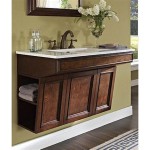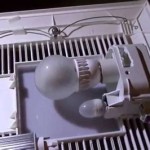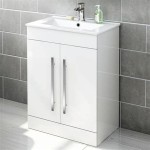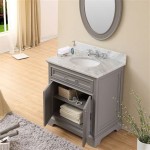Essential Aspects of Installing a Bathroom Exhaust Vent in a Rooftop Ceiling
Installing a bathroom exhaust vent in a rooftop ceiling is a critical aspect of maintaining a healthy and comfortable indoor environment. It plays a vital role in removing moisture, odors, and pollutants, preventing mold growth, mildew, and other potential health hazards.
1. Determining Ventilation Requirements
Before beginning the installation process, it is essential to assess the ventilation requirements of the bathroom. This involves calculating the required airflow rate based on the room's size, number of occupants, and usage patterns. A qualified HVAC professional can assist in determining the optimal ventilation capacity.
2. Choosing the Right Vent
Selecting the appropriate exhaust vent is crucial for efficient ventilation. Factors to consider include the fan's airflow rate, noise level, and energy efficiency. Opt for models that meet the required airflow requirements while minimizing noise and energy consumption.
3. Locating the Ideal Vent Position
The placement of the exhaust vent is essential for optimal performance. It should be installed in a central location on the ceiling to capture moisture and odors effectively. Avoid placing it too close to a wall or fixture that may obstruct airflow.
4. Installing the Vent Hood and Fan
The next step involves installing the vent hood and fan. The hood should be securely attached to the ceiling, ensuring a tight seal to prevent air leakage. The fan should be correctly connected to the electrical supply and secured within the hood.
5. Connecting the Ductwork
Properly connecting the ductwork is vital for effective ventilation. The duct should be of the appropriate diameter and length to accommodate the fan's airflow rate and routed to the exterior of the building through the rooftop. Ensure all connections are airtight to prevent air loss.
6. Sealing and Insulating
Once the ductwork is connected, it is crucial to seal and insulate all joints and openings to minimize air leakage and energy loss. This will prevent moisture and cold air from entering the bathroom through unsealed gaps.
7. Testing and Maintenance
After completing the installation, thoroughly test the exhaust vent to ensure proper operation. Turn on the fan and check for adequate airflow and the absence of any unusual noises or vibrations. It is recommended to perform regular maintenance, such as cleaning the fan blades and replacing the filters, to maintain optimal ventilation.
By carefully considering and addressing these essential aspects, homeowners can effectively install a bathroom exhaust vent in a rooftop ceiling, ensuring a healthy, comfortable, and well-ventilated bathroom environment.

Bathroom Exhaust Fans The Complete Guide By Fanco

How To Install A Bathroom Exhaust Fan Lowe S

Roof Flashing For Bathroom Fans

How To Install Roof Vents Don T Hire Us If Episode 1

How To Install A Bathroom Exhaust Fan Lowe S

Broan Nutone 3 In To 4 Roof Vent Kit For Round Duct Steel Black Rvk1a The Home Depot
.jpg?strip=all)
Ventilation Getting The Balance Right Starts At Top Roofing Contractor

The Most Common Types Of Roof Vents Active Ventilation S

How To Install A Roof Vent Diy Family Handyman

Roof Ventilation Tile Bathroom Exhaust Vent Extractor







